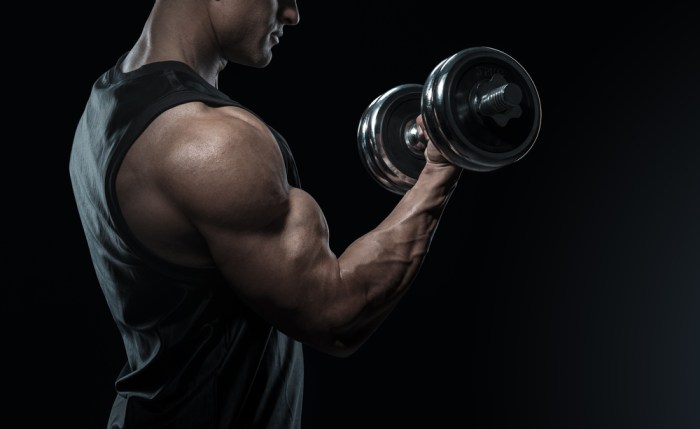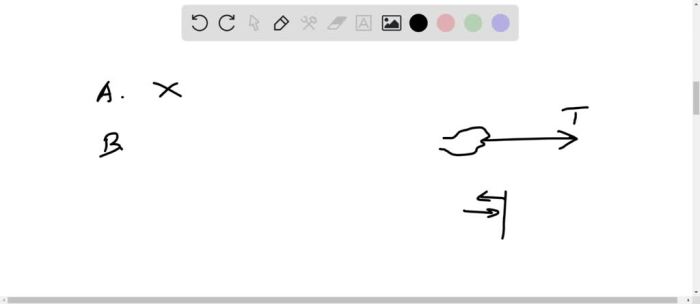In which scenario will an athlete’s wrists be under tension? This question delves into the realm of sports science, exploring the intricate interplay between athletic performance and wrist biomechanics. From the strenuous demands of weightlifting to the dynamic movements of gymnastics and the physicality of contact sports, understanding the factors that strain the wrists is crucial for athletes seeking to optimize their performance and minimize the risk of injury.
This comprehensive analysis examines the biomechanics of wrist tension, identifying specific exercises and movements that impose stress on this vital joint. It also explores the anatomical structures involved in wrist stability and strength, providing a foundation for understanding how injuries occur and how they can be prevented.
Weightlifting Exercises

Weightlifting exercises involve significant wrist tension, particularly during compound movements that require the wrists to bear a substantial load. These exercises include:
- Bench press: The wrists are dorsiflexed (bent backward) as the bar is lowered and extended (straightened) as the bar is lifted.
- Overhead press: The wrists are extended throughout the movement, bearing the weight of the bar overhead.
- Deadlift: The wrists are extended as the bar is lifted from the floor, and slightly dorsiflexed as the bar is lowered.
Gymnastics and Calisthenics

Gymnastics and calisthenics movements often involve wrist tension due to the weight-bearing nature of these exercises. Specific movements include:
- Handstands: The wrists are extended and bear the entire body weight in this inverted position.
- Planks: The wrists are dorsiflexed as the body is supported on the hands and toes.
- Push-ups: The wrists are dorsiflexed as the body is lowered and extended.
Contact Sports
Contact sports such as boxing, wrestling, and martial arts can expose athletes to wrist tension during physical confrontations. Mechanisms of injury include:
- Impacts: Direct blows or falls can cause sudden force on the wrist, leading to sprains or fractures.
- Grappling: Wrist locks and other grappling techniques can hyperextend or twist the wrist, causing injuries.
Wrist Anatomy and Biomechanics

The wrist is a complex joint involving several bones, ligaments, and tendons. Key structures include:
- Carpal bones: Eight small bones that form the arch of the wrist.
- Ulnar and radial bones: The long bones of the forearm that connect to the carpal bones.
- Flexor and extensor tendons: Tendons that control wrist flexion and extension.
Wrist Injuries and Rehabilitation

Excessive wrist tension can lead to various injuries, including:
- Sprains: Tears or overstretching of the wrist ligaments.
- Fractures: Breaks in the wrist bones.
- Tendonitis: Inflammation of the wrist tendons.
FAQ: In Which Scenario Will An Athlete’s Wrists Be Under Tension
What are some common wrist injuries caused by tension?
Common wrist injuries caused by tension include sprains, strains, tendinitis, and carpal tunnel syndrome.
How can athletes minimize the risk of wrist injuries?
Athletes can minimize the risk of wrist injuries by using proper form during exercises, warming up before workouts, and strengthening the muscles around the wrist.
What are some rehabilitation exercises for wrist injuries?
Rehabilitation exercises for wrist injuries may include wrist flexion and extension exercises, wrist rotations, and grip strengthening exercises.